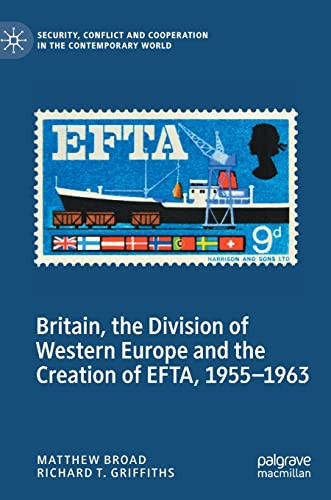

Most ebook files are in PDF format, so you can easily read them using various software such as Foxit Reader or directly on the Google Chrome browser.
Some ebook files are released by publishers in other formats such as .awz, .mobi, .epub, .fb2, etc. You may need to install specific software to read these formats on mobile/PC, such as Calibre.
Please read the tutorial at this link: https://ebookbell.com/faq
We offer FREE conversion to the popular formats you request; however, this may take some time. Therefore, right after payment, please email us, and we will try to provide the service as quickly as possible.
For some exceptional file formats or broken links (if any), please refrain from opening any disputes. Instead, email us first, and we will try to assist within a maximum of 6 hours.
EbookBell Team

4.1
50 reviewsThis book traces the emergence of the European Free Trade Association (EFTA) from 1955 to 1963 amid the broader reshaping of the institutional architecture of post-war Europe. It considers the ill-fated Free Trade Area (FTA) proposal, the subsequent creation of EFTA, and the resulting division of Western Europe into two distinct trading blocs. At its core, the book provides an international history of a formative moment of post-war and European integration history, and explores the intense technical discussions among European states as they grappled with the prospect of deeper economic and political unity. It thus provides the first detailed analysis combining the FTA and EFTA negotiations, considering both state and non-state actors. Drawing on archives from Britain, Denmark, France, Germany, Ireland, Norway, the Netherlands, Sweden, Switzerland, and the US, as well as the records of the OEEC and EFTA, it examines the decision-making processes of those intimately involved as well as the institutional settings within which they were forced to reconcile their positions. At a key moment of contemporary European friction, the book offers a dialogue between the past and those trying to make sense of events that continue to shape Europe today.